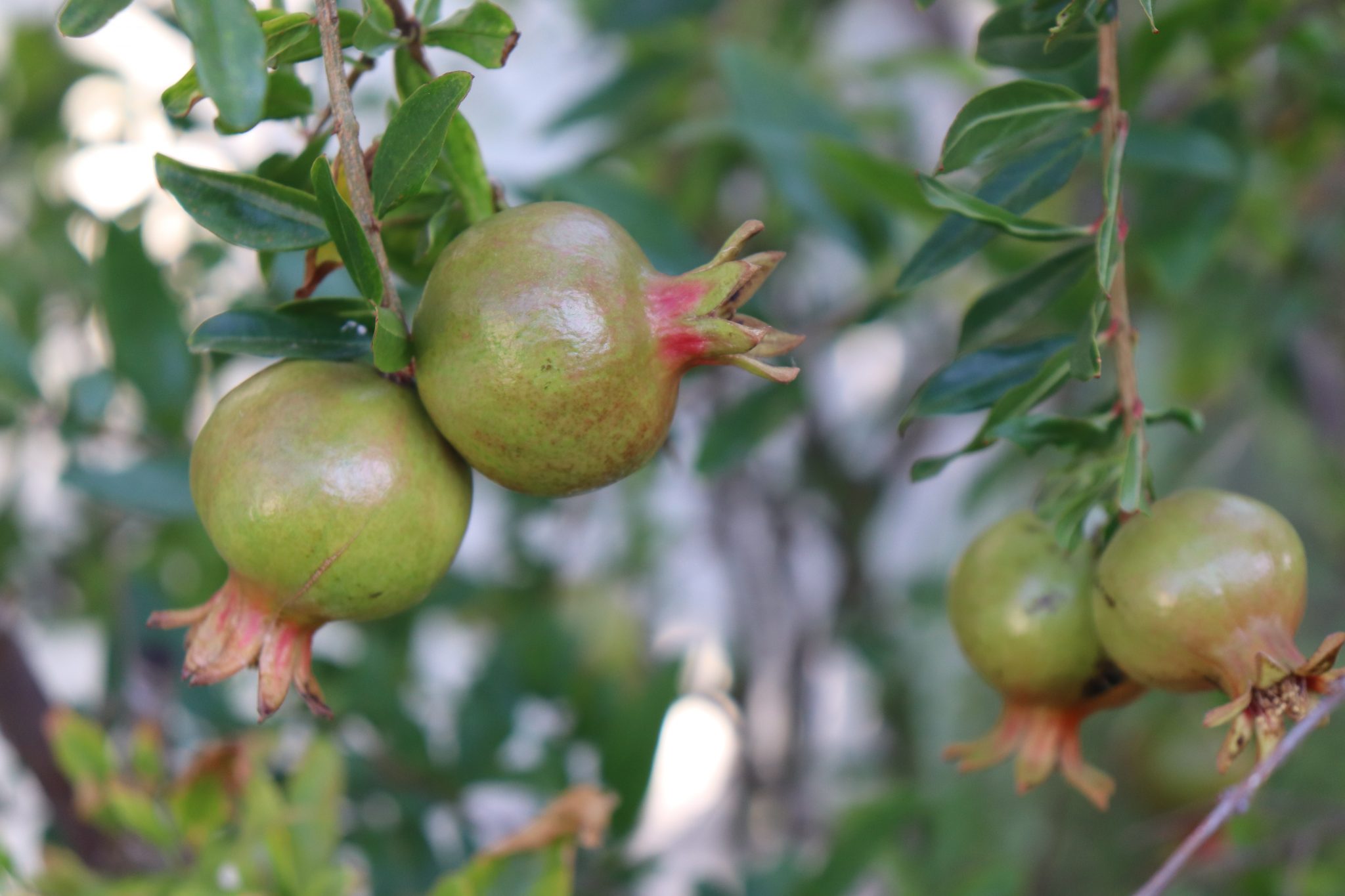AgriFutures Australia Emerging Industries Senior Manager, Tom McCue said pomegranates were identified as an agricultural product with the potential to reach $10 million gross value production per annum. This growth would capitalise on the Australian and international market demand for pomegranate, which has been rising since the early 2000s.
“Pomegranate is being more widely used as an ingredient in restaurants across Australia and there are potential export opportunities, particularly to south-east Asia,” said Mr McCue.
“Pomegranate is being used as fresh fruit and in everything from juices, teas and cordials, as flavouring for jam, ice-cream and confectionery, with potential for pharmaceuticals and cosmetics.”
Mr McCue said that despite having been cultivated and consumed for a long time, there was still much to learn about pomegranate, especially in terms of Australian growing conditions and value-adding opportunities. The RD&E plan will address these and other considerations.
AgriFutures Australia has partnered with the Australian Pomegranate Association (APA) to develop the RD&E plan. APA Executive Officer, Anna Baum said that while the main aim of the RD&E plan is to look at emerging trends and future industry priorities, another aspect is to establish a national industry database.
“The APA is only a few years old and, although we are a truly national association with members across Australia, we are quite small,” said Ms Baum. “We want to build our network of current and new members and work with them to understand what the future of the industry should look like.”









